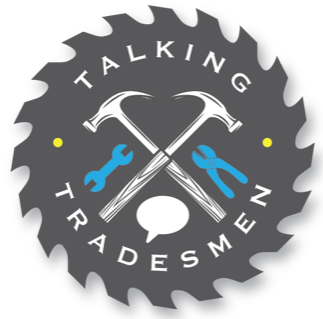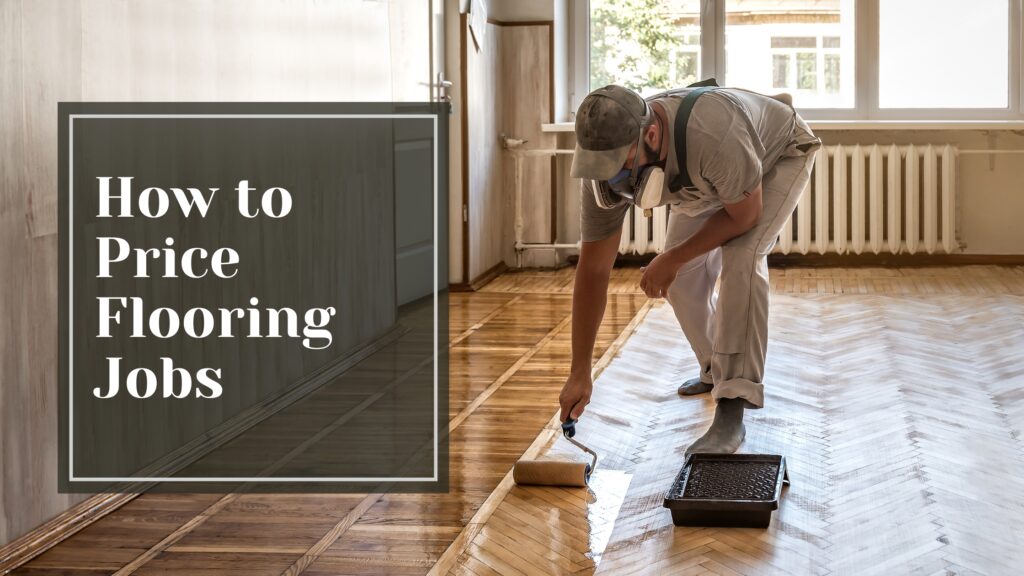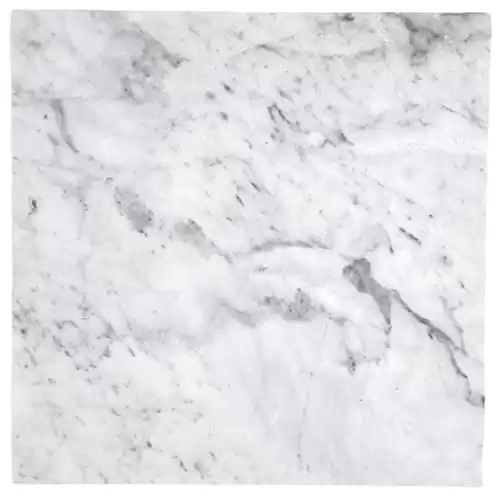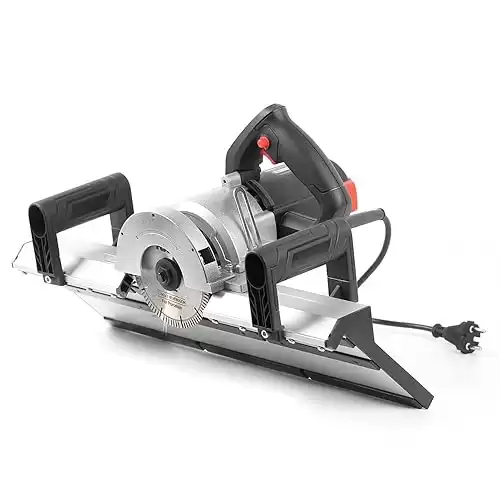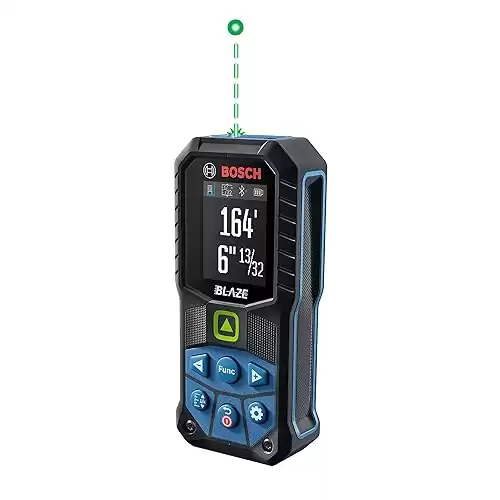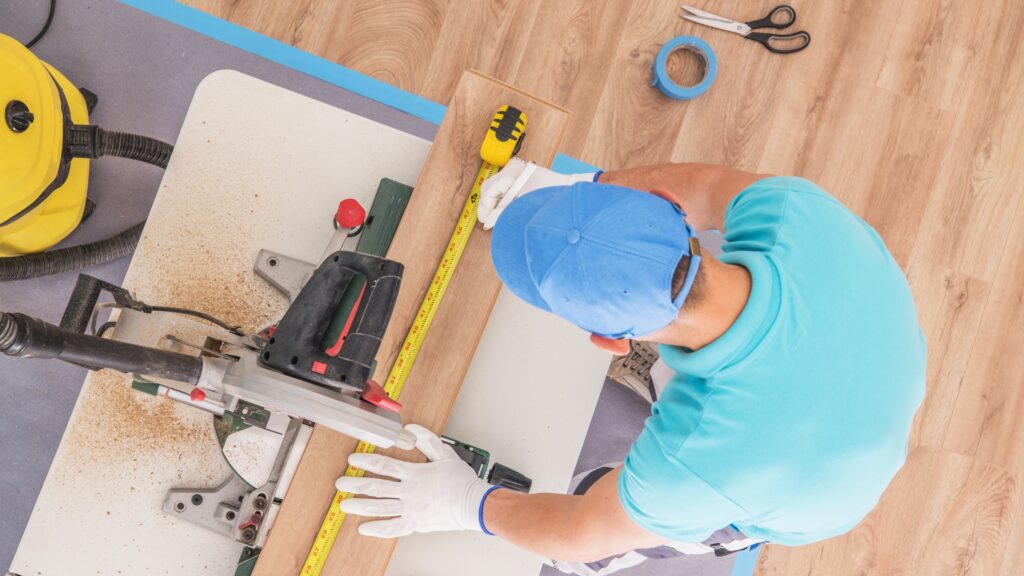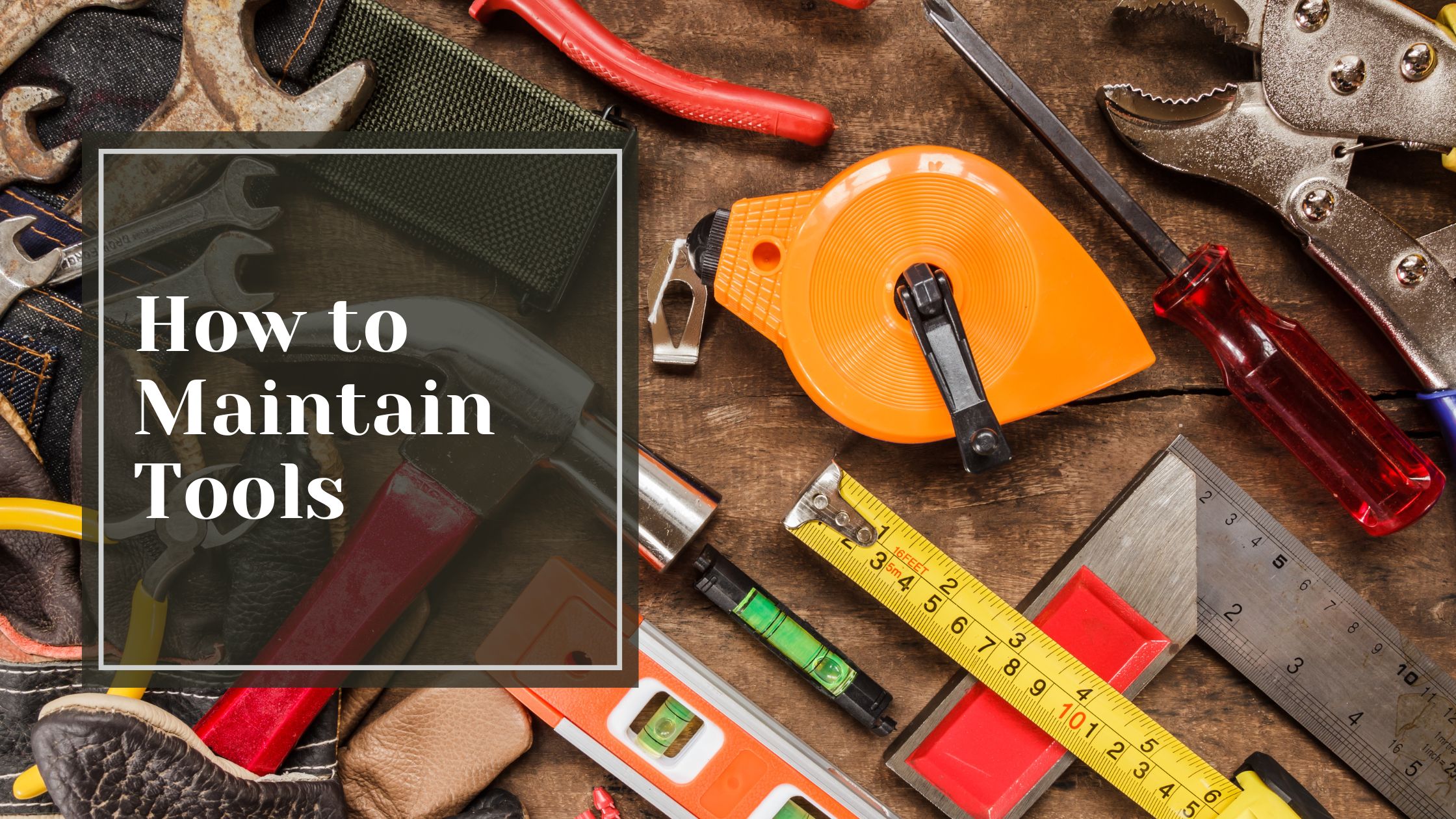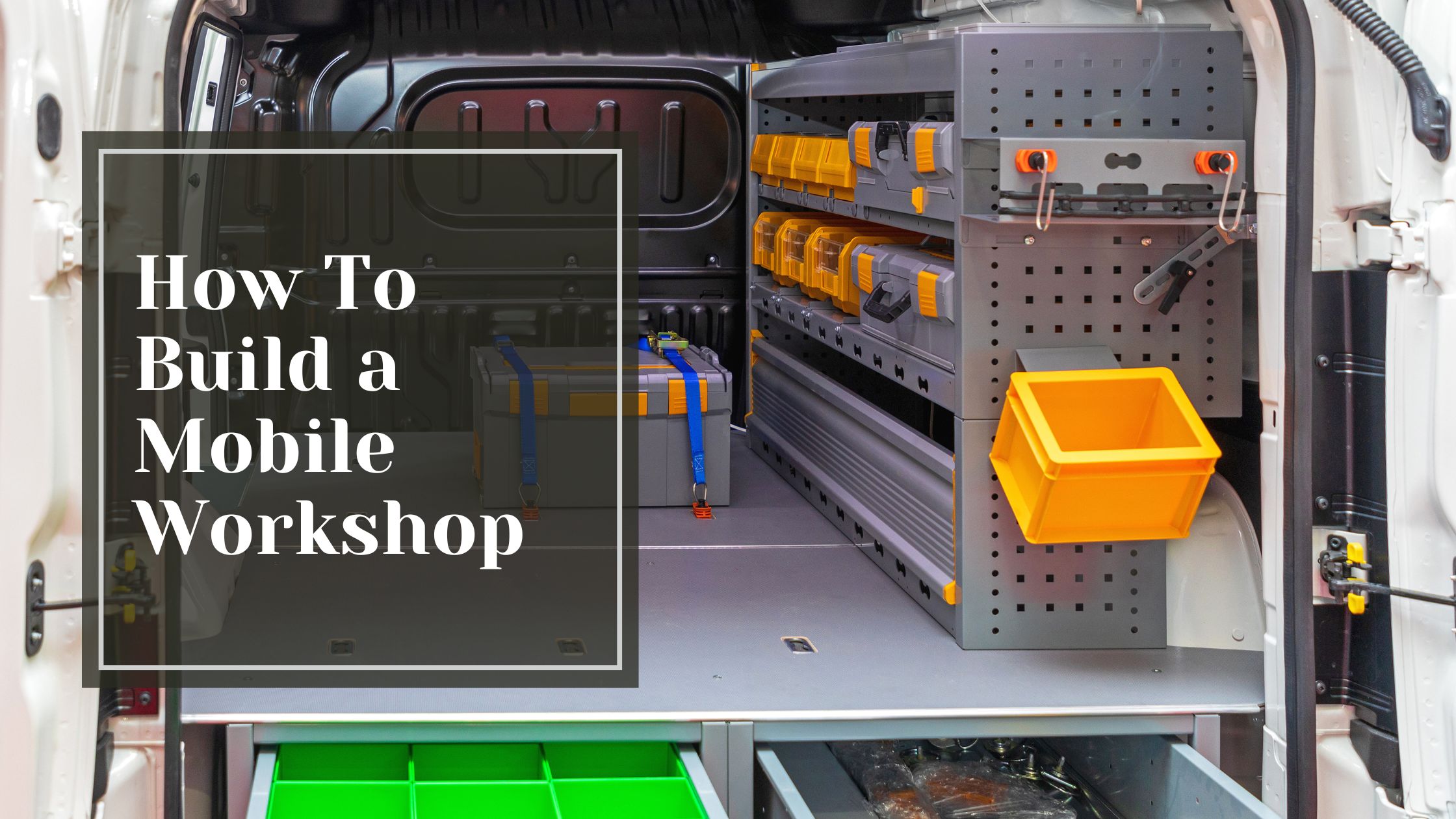Pricing a flooring job can be a daunting task, especially if you’re new to the business or dealing with a particularly complex project. Whether you’re a seasoned contractor or a laborer looking to step up your game, understanding the intricacies of pricing is crucial to ensuring profitability while maintaining customer satisfaction. This guide will walk you through the essential steps to accurately price a flooring job, helping you stay competitive and efficient.
Table of Contents
Toggle
Understanding the Basics
Material Costs
The first step in pricing any flooring job is understanding the cost of materials. This will vary depending on the type of flooring your client desires. Common options include:
- Hardwood: High-end and durable, but also expensive.
- Laminate: Cost-effective and easy to install.
- Vinyl: Versatile and water-resistant, perfect for bathrooms and kitchens.
- Tile: A bit more labor-intensive but offers a premium look.
- Carpet: Soft and warm, ideal for bedrooms and living areas.
Each of these materials comes with its own price range and installation requirements. Make sure to get accurate quotes from suppliers and account for any potential wastage, typically around 10% of the total material.
Labor Costs
Labor is often the most significant part of your pricing. Calculate how many hours the job will take and multiply this by your hourly rate. Don’t forget to include:
- Preparation Time: Removing old flooring, leveling the subfloor, and other prep work.
- Installation Time: This will vary depending on the material and the complexity of the installation.
- Finishing Time: Includes tasks such as applying sealant, grouting, or adding trim.
Additional Costs
Beyond materials and labor, consider the following:
- Delivery Charges: For transporting materials to the job site.
- Disposal Fees: Costs associated with removing and disposing of old flooring.
- Tools and Equipment: Renting or maintaining specialized tools can add up.
- Permits and Licenses: Some projects might require permits, especially for large or commercial jobs.
Elevate your space with Tenedos Italian White Carrara Marble Polished Tiles. These 12 x 12 wall and floor tiles embody the Terrazzo Resurgence trend, infusing your surroundings with classic elegance and a touch of modern sophistication. Achieve a harmonious blend of timeless design and contemporary flair, transforming your space into a showcase of expert craftsmanship
Detailed Estimation Process
Step 1: Site Visit and Measurements
Visit the site to take accurate measurements. While there, assess the condition of the subfloor, look for any potential issues that could cause delays, and discuss the client’s preferences and expectations.
Step 2: Calculate Material Needs
Based on your measurements, calculate the total square footage and then determine how much material you’ll need. Remember to add 10-15% to account for wastage and cuts.
Step 3: Estimate Labor Hours
Break down the job into stages and estimate how long each will take. Use your past experience and consult with your team to ensure these estimates are realistic.
Step 4: Include Additional Costs
Add up any additional costs for delivery, disposal, equipment, and permits. This will give you a comprehensive view of the total expenses.
Step 5: Markup and Profit Margin
Determine your desired profit margin and apply it to your total cost. Most contractors aim for a 20-30% markup to cover overheads and ensure profitability.
Step 6: Presenting the Quote
Create a detailed quote that breaks down each component. Transparency with your clients builds trust and helps them understand where their money is going. Ensure your quote includes:
- Itemized Material Costs
- Labor Costs
- Additional Costs
- Total Estimated Cost
Enhance your cutting tools collection with the Bevelo™ Electric Tile Cutter, designed for precision and ease. Perfect for ceramic and porcelain tiles, this powerful tool ensures clean, straight cuts with minimal effort. Whether you're working on a home renovation or a professional project, the Bevelo™ Electric Tile Cutter is a must-have for achieving flawless results. Its electric design simplifies cutting, making it an essential addition to any toolkit.
Tips for Staying Competitive
Offer Different Pricing Options
Provide clients with different material and installation options. This allows them to choose based on their budget and preferences, and shows that you are flexible and client-focused.
Keep Up with Market Trends
Stay updated on the latest flooring trends and pricing. Knowing what’s in demand can help you provide valuable recommendations to your clients and keep your services relevant.
Build Relationships with Suppliers
Establish good relationships with your suppliers to get the best prices on materials. Bulk purchasing or long-term agreements can often lead to discounts, which you can pass on to your clients.
Continual Training and Improvement
Invest in training for yourself and your team. Staying skilled in the latest installation techniques and materials ensures high-quality work, leading to satisfied customers and repeat business.
Use Technology
Utilize software for estimating and project management. Tools like estimating apps can help streamline the process, making it faster and more accurate.
Enhance your business efficiency and competitiveness with the DEWALT Laser Measure Tool. This device provides precise measurements up to 100 feet, helping you accurately estimate project costs and streamline planning. Integrated with mobile apps, it offers seamless workflow management, saving time and improving accuracy. Ideal for professionals looking to stay updated with the latest technology in project management and estimation.
Time To Lay Down The Laminate
Pricing a flooring job requires a thorough understanding of materials, labor, and additional costs. By following a detailed estimation process and staying informed about market trends, you can ensure that your quotes are competitive and profitable. Transparency with clients, continual learning, and leveraging technology will set you apart in the industry. Remember, accurate pricing is not just about covering costs but also about delivering value to your clients while securing your business’s financial health.
For more tips and industry insights, explore Talking Tradesmen – your go-to resource for all things trade related!
Frequently Asked Questions
What Are The Key Factors In Pricing A Flooring Job?
Pricing a flooring job involves considering material costs, labor, additional expenses like delivery and disposal, and a profit margin.
How Do I Calculate Material Costs For A Flooring Job?
Calculate material costs by determining the total square footage, getting quotes from suppliers, and adding 10-15% for wastage and cuts.
What Should I Include In Labor Costs For A Flooring Job?
Include preparation time, installation time, and finishing time. Multiply the total hours by your hourly rate to get an accurate labor cost.
Are There Additional Costs When Pricing A Flooring Job?
Yes, additional costs can include delivery charges, disposal fees, tools and equipment rental, and any necessary permits and licenses.
How Can I Make My Flooring Job Quote Competitive?
Offer different pricing options, stay updated on market trends, build relationships with suppliers, invest in continual training, and use estimating software for accuracy.
